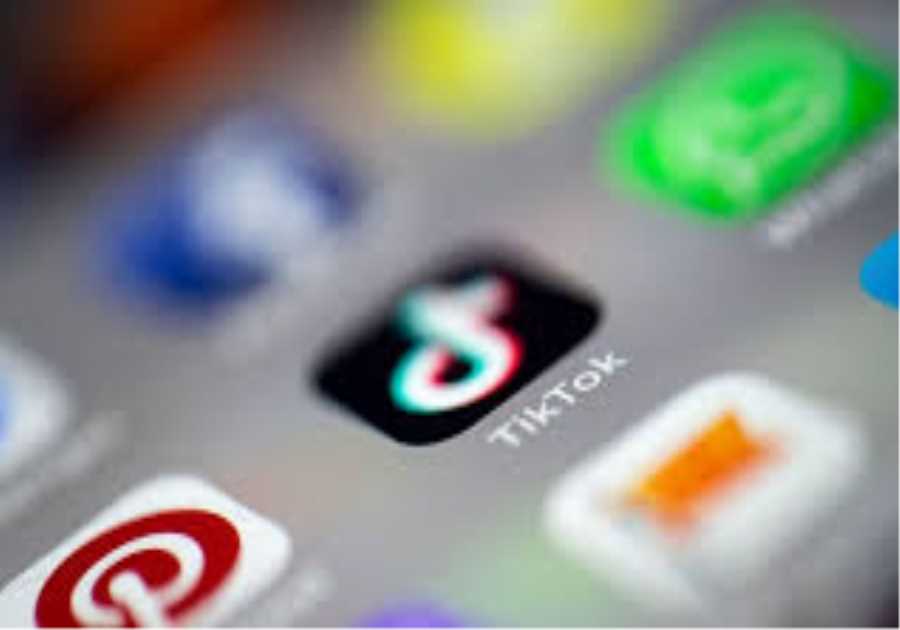
When we look at the sheer amount of users on social media today, it’s easy to think that everyone is experiencing these apps the same way. The unfortunate truth is that many people have disabilities that limit their interaction with various forms of social media. The World Health Organization notes that 15% of the world population lives with some disability. Inclusive design brings the wonder of social media to users who otherwise wouldn’t be able to experience it. But why does inclusive design work at all?
Bringing People Together
When you’re planning a social media app, you’ll need to consider your network’s goals. If your aim in social media design is to bring people together and bridge gaps, you need to find a way to help users connect through your medium. TikTok, for example, uses subtitles on its videos. Video is one of the best ways to connect to people, and even hearing-impaired users can see video posts. The problem is that they can’t listen to what’s going on in the recording. Luckily, TikTok includes subtitles to allow users to view videos and follow along with the words, even if they’re hearing impaired. This inclusion makes their social network more accessible, even to those who wouldn’t traditionally be able to take part in it.
Image Descriptions and Alt Text Are Useful
If you have users that may be using the app you created through a screen reader because of issues with their eyesight, having alt images helps them grasp what’s going on. Social media networks that have a lot of visual content benefit from including alt descriptions for their pictures. LinkedIn, Facebook, and Twitter all have built-in alt image descriptions so that visually impaired users can have a deep, meaningful interaction with their apps. By reaching out to these differently-abled users, these networks increase their practical user base.
Develop Easier to Read Hashtags
While a lot of people abuse hashtags, they actually have a use in social media sites. Time Camp informs us that hashtags were initially conceived to categorize information so that similar posts could be easily found. The issue with many hashtags is that people use lowercase or uppercase for the entire thing, making interpretation hard. Automatically designing camel-case into hashtags would make for a more comfortable interface choice. It also makes it easier for individuals with reading disabilities to grasp what a hashtag says from the start. This sort of inclusive design goes a long way towards helping people get more out of their social media experience.
Inclusive Design is the Future
When you look at the world around us, more and more people realize the need for inclusiveness in our applications and society. We no longer pretend that people who are born or develop disabilities are lesser people. Social media design needs to reflect this mindset if it is to remain relevant through the twenty-first century. Social media should be for everyone, and anything that opens up its wonders to a broader audience should be encouraged.
The post Why Inclusive Design For Social Media Works appeared first on Social Media Explorer.






